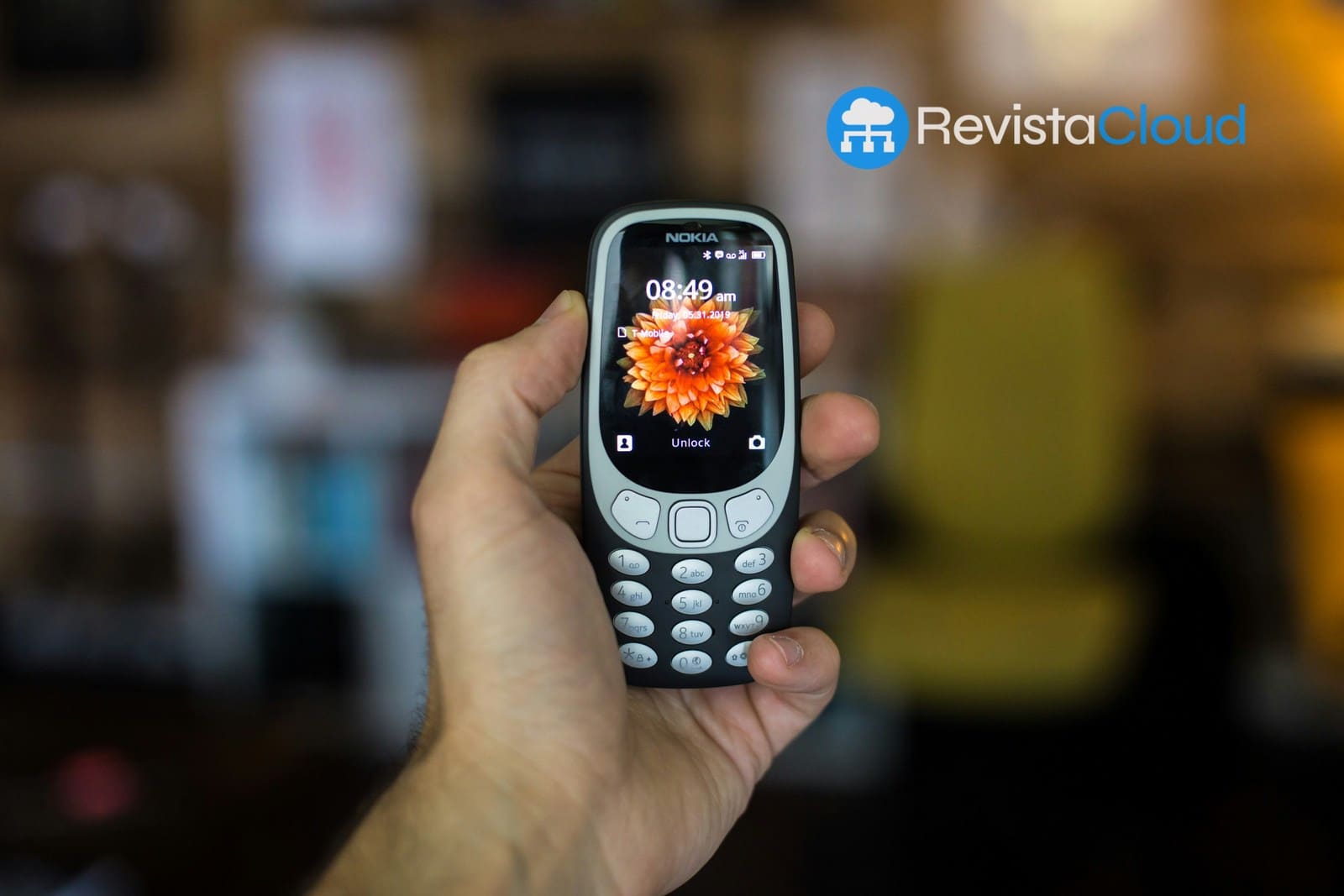In a world where mobility and flexibility are crucial for business success, mobile device management has become a critical component of information security. Mobile Device Management (MDM) is a key technology that enables organizations to control, secure, and manage the mobile devices used by their employees. This article explores why incorporating MDM into the corporate security strategy is vital and how it can effectively protect corporate data and assets.
1. Security Challenges in a Mobile Environment
With the increasing use of mobile devices, such as smartphones and tablets, in the corporate environment, numerous security challenges arise. These devices can be vulnerable to a variety of threats, such as malware, phishing, and unauthorized access. Additionally, employees tend to use their mobile devices to access corporate data, which increases the risk of security breaches if not managed properly.
2. What is Mobile Device Management (MDM)?
Mobile Device Management (MDM) refers to a set of tools and technologies designed to manage and secure mobile devices used in an organization. MDM solutions allow IT departments to centrally control aspects such as configuration, data access, security, and application management on mobile devices.
3. Benefits of Incorporating MDM into the Security Strategy
a. Centralized Device Control
One of the main advantages of MDM is the ability to centrally manage all mobile devices on the corporate network. This includes configuring security policies, deploying updates, and monitoring the status of devices. Centralized control enables consistent application of security measures and ensures that all devices comply with corporate standards.
b. Data Security and Threat Protection
MDM helps protect corporate data by providing tools to encrypt information stored on mobile devices and secure data transmission. Additionally, MDM can detect and block potentially harmful applications and websites, reducing the risk of malware infections and other cyber attacks.
c. Access Management and Authentication
With MDM, organizations can manage access to corporate resources from mobile devices by implementing multi-factor authentication and defining role-based access permissions. This ensures that only authorized users can access sensitive data and applications, minimizing the risk of unauthorized access.
d. Data Backup and Recovery
MDM facilitates data backup and recovery in case of device loss or theft. MDM solutions can configure automatic backups and enable remote data recovery, helping mitigate the impact of losing a device and ensuring that critical information is not lost.
e. Remote Location and Wipe
In situations where a device is lost or stolen, MDM offers capabilities to locate the device and, if necessary, remotely wipe it. This functionality is crucial to protect sensitive information and prevent data from falling into the wrong hands.
f. Compliance with Regulations and Policies
MDM helps organizations comply with security and privacy regulations, such as GDPR and HIPAA, by providing tools for data management and security policy enforcement. The ability to audit and generate reports on compliance with security policies on mobile devices is essential to maintain regulatory compliance.
4. Implementing MDM in the Security Strategy
To effectively integrate MDM into the corporate security strategy, organizations must consider the following steps:
a. Needs Assessment
Organizations should assess their specific mobile security needs and determine which MDM functionalities are required. This includes identifying the types of devices used, the data to protect, and the required security policies.
b. Selection of an Appropriate MDM Solution
Choosing the right MDM solution is crucial for the success of the security strategy. The solution should be compatible with the devices and operating systems used in the organization, and should offer features suitable for specific security needs.
c. Development and Implementation of Security Policies
Developing clear mobile security policies and configuring them in the MDM solution is essential to ensure device and data protection. Policies should include guidelines on device usage, password management, and response to security incidents.
d. Training and Awareness
Training employees on best practices for using mobile devices and the importance of security is critical. Awareness of how to protect personal and corporate information helps reduce the risk of human errors and improves overall security posture.
e. Monitoring and Ongoing Review
MDM implementation should not be a one-time process; it requires ongoing monitoring and review to adapt to new threats and changes in the business environment. Regular evaluation of the effectiveness of security policies and updating the MDM solution are necessary to maintain effective protection.
In Conclusion
Incorporating Mobile Device Management (MDM) into the corporate security strategy is crucial to protect information assets in an ever-evolving mobile environment. By providing centralized control, data security, access management, and recovery capabilities, MDM strengthens organizations’ ability to safeguard their data and maintain the integrity of their operations. With proper implementation and a continuous focus on security, organizations can mitigate risks associated with mobile device use and ensure a safer and more resilient business environment.

